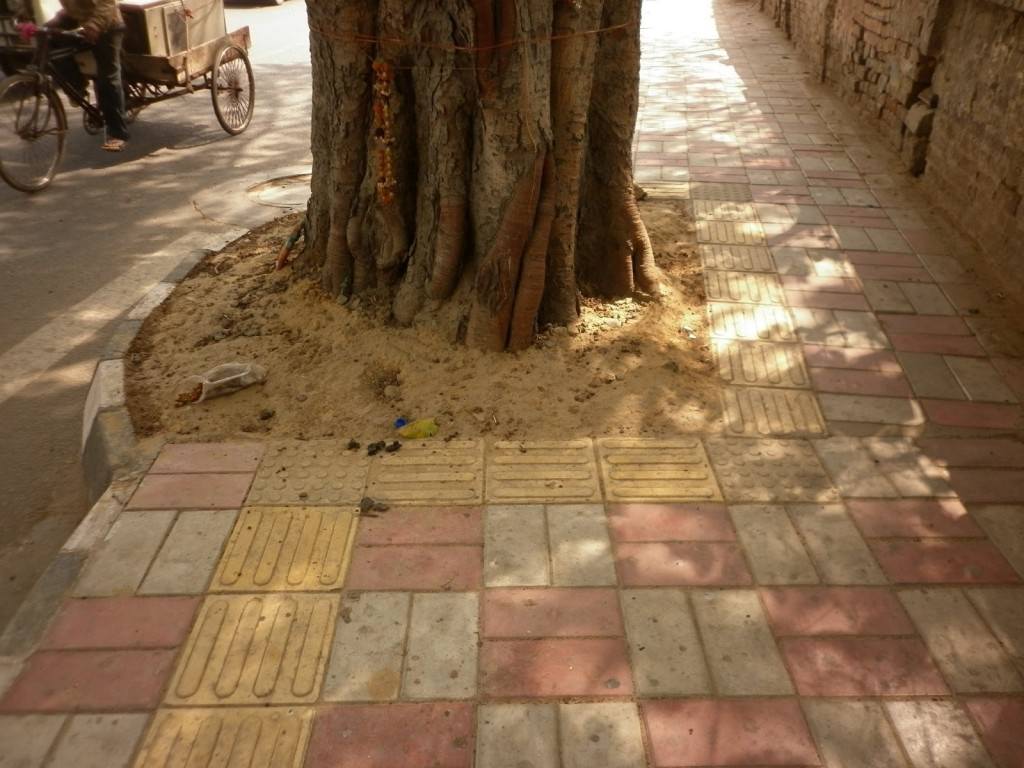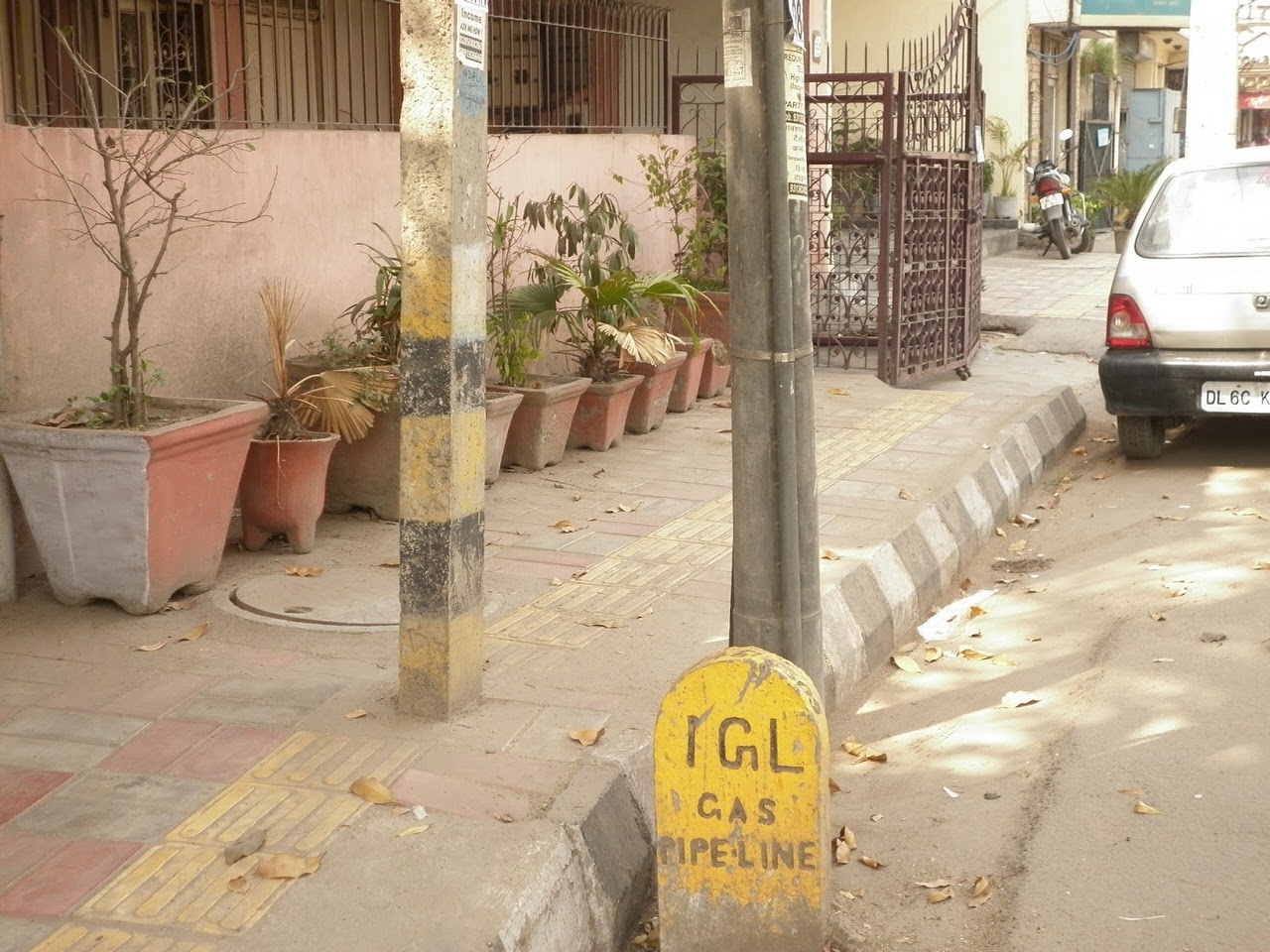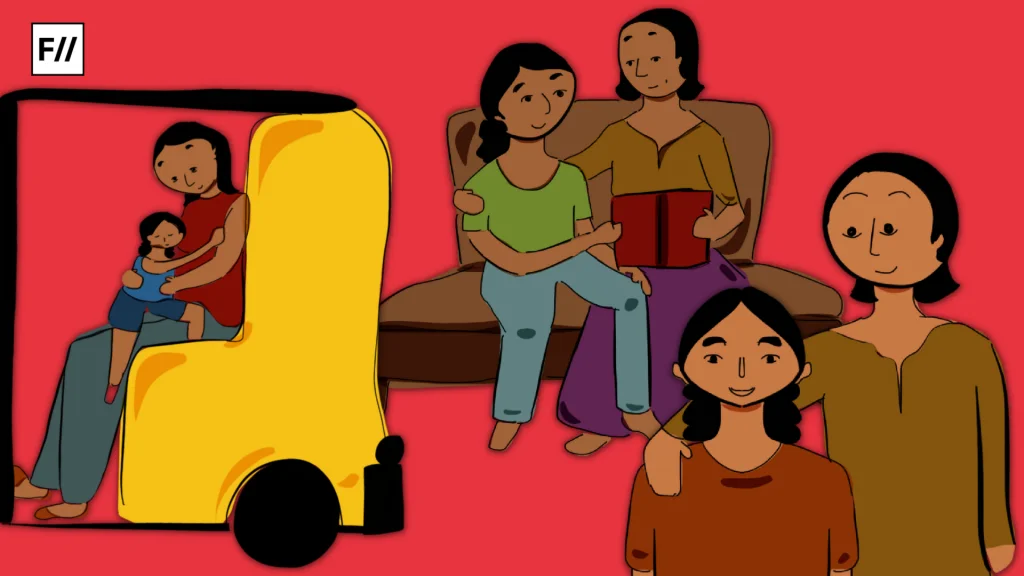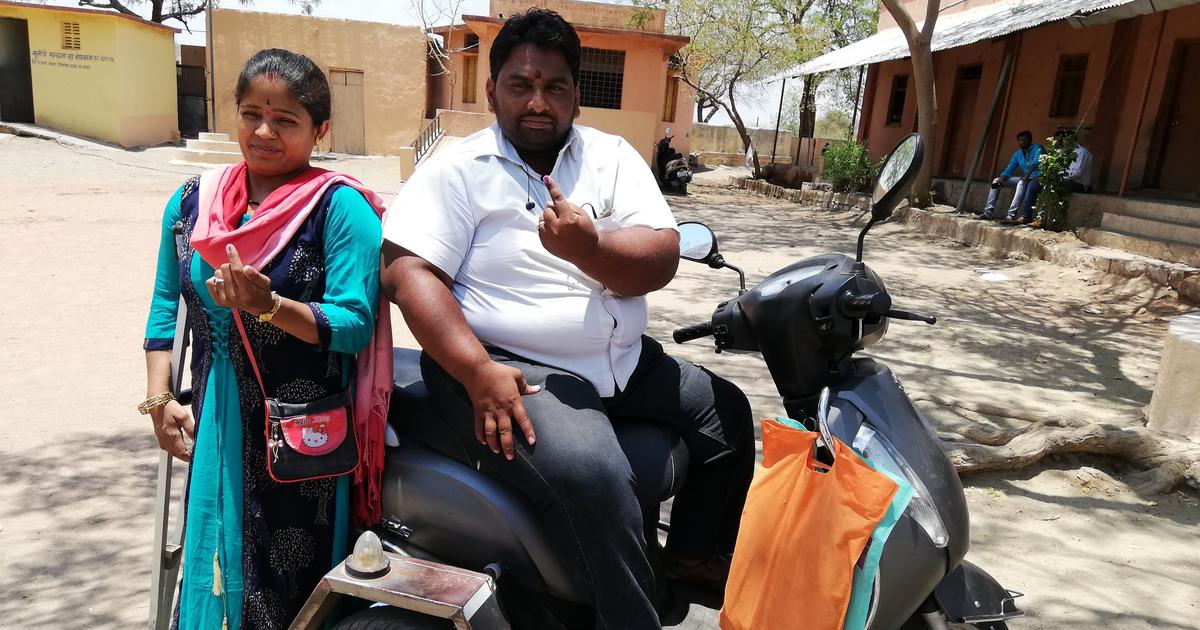Civic infrastructure in major Indian cities still fails to provide for the needs of people with disabilities.
Every year, the monsoon brings with it an outpouring of angst against the poor state of our civic infrastructure. This is completely justified. But spare a thought for a category of people for whom accessing infrastructure is a daily struggle, no matter what the season. According to the WHO and World Bank report on disability, 2011, about 15 per cent of the world’s population lives with a disability. Applying that statistic to India, there must be about 186 million people with disabilities in the country. Neither public infrastructure, nor awareness, nor the sensitivity of government personnel, are in any way commensurate with this number.
Despite a major overhaul of Delhi’s infrastructure for the Commonwealth games in 2010, accessing pedestrian facilities — something that most people take for granted — is still a nightmare for disabled persons. For the most part, footpaths themselves are non-existent. Where they do exist, access onto and along them is still a major concern due to issues as innocuous as uneven or steep kerb ramps, poor paving and myriad obstructions. Often, they are too high to be accessed because they have no kerb ramps at all. At other times, access to them is blocked by bollards intended to prevent vehicular traffic from getting onto them. While motor cycles and scooters still find a way onto footpaths, people using wheelchairs or crutches find it difficult to bypass these obstructions.
During the recent “refurbishment” and beautification of footpaths in some localities of Delhi, tactile tiles — intended to assist pedestrians who are visually impaired — were incorporated into pavement designs. But they have mostly been used for decorative purposes. Many a contractor and engineer thought the bright yellow of these tiles was intended to visually jazz up pavements. It is a travesty that these guides, provided to orient and navigate a blind pedestrian, often lead head-on into trees, poles, manholes etc.

A tactile path leading head-on into a tree.
Road crossings are not designed to be inclusive either. Frequently, they do not have median refuge areas that mobility-aid users can access, because they are built at a considerable height. There are no audio signals at pedestrian crossings that could alert a visually impaired person as to when it is safe to cross a road. Access features like ramps or lifts in subways and foot overbridges are often missing. Did anyone imagine that there could be so many variables to come to grips with before one could cross a road?

High and uneven footpath
To the Delhi administration’s credit, we now have low-floor buses with access ramps and space for wheelchair users. Bus shelters have also been made accessible through tactile pavers, ramps and handrails. However, buses do not have precision-docking systems and mostly do not stop at the actual stop. Passengers have to get onto the road to board buses. This negates the utility of the low-floor buses and ramps.
The solutions to these problems are not rocket science. The Indian Roads Congress has published codes and guidelines, as has the Delhi Development Authority through its Unified Traffic and Transportation Infrastructure (Planning and Engineering) Centre (UTTIPEC). The UTTIPEC Street Design Guidelines are applicable to Delhi/NCR. It mandates that all road-owning and civic agencies follow street designs standards to make mobility safe, dignified and comfortable for all pedestrians and public transport users. The implementation of these access requirements is imperative to further the goal of “universal accessibility”, to create seamless travel chains from origin to destination. Lack of access at any point breaks the chain, and negates the benefits of infrastructure that is accessible.
The lack of enforcement and punitive action for noncompliance is the problem. There is nothing to compel government bodies to implement these measures. The only way to change this scenario is for each state to incorporate such guidelines into their road/streetscape standards, by law, and approval/tender processes. A few have done so, but most have not. Without these changes, citizens of this country living with disabilities will continue to be short-changed by a government that is failing to discharge its obligations to them.
The Persons with Disabilities Act, 1995 and the UN Convention on the Rights of Persons With Disabilities, which India has signed and ratified in 2007, stresses the importance for “persons with disabilities to have access, on an equal basis with others“. There are moral, legal and commercial benefits to providing universally accessible street infrastructure. It is time that we demanded quality and safe pedestrian infrastructure. Our Constitution guarantees us freedom of movement throughout the territory of India. It is time to fully claim this right.
Images Credit: Samarthyam.com




